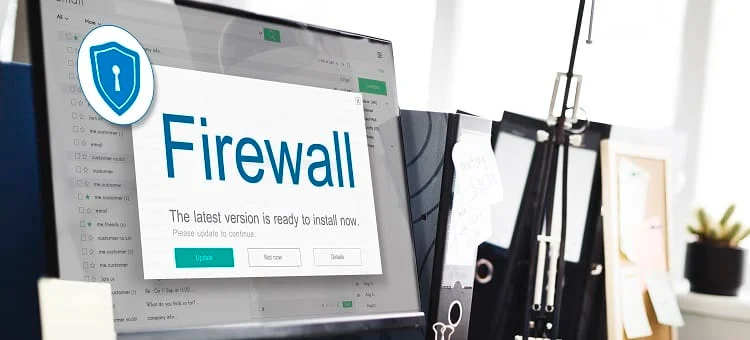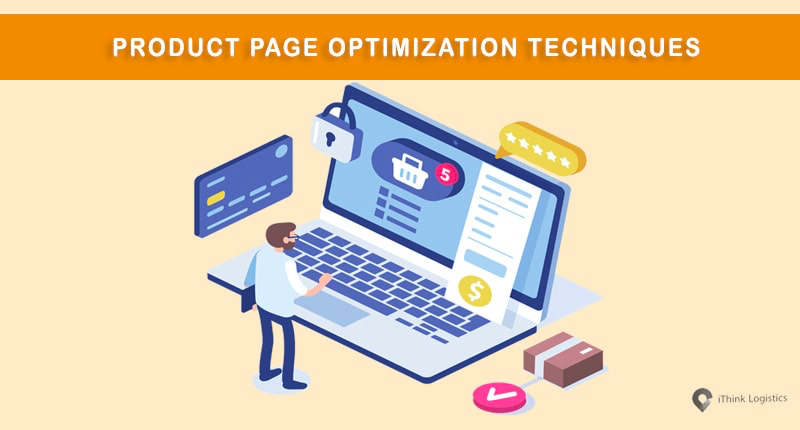How to Build a Career in Web Development from Scratch
Web development is one of the most in-demand and flexible careers in 2025. Businesses, organizations, and even individuals need websites and web apps — and skilled developers are the ones who build them.
The exciting part? You don’t need a computer science degree to start. With the right skills, portfolio, and persistence, you can build a successful web development career from scratch.
Here’s your step-by-step roadmap:
1. Understand the Basics of Web Development
Before diving in, know the three main areas of web development:
- Frontend Development → The visual side (design, layout, buttons, animations).
- Backend Development → The logic behind the scenes (databases, payments, login systems).
- Full-Stack Development → A combination of both.
💡 Tip: Start with frontend first, then gradually explore backend.
2. Learn the Core Skills
Begin with the foundations:
- HTML → Builds the structure of web pages.
- CSS → Styles and layouts (colors, fonts, responsiveness).
- JavaScript → Adds interactivity (sliders, forms, animations).
Next, move into:
- Version Control (Git & GitHub) → Manage and share your projects.
- Responsive Design → Make websites mobile-friendly.
3. Choose a Backend Language
Once you’re confident with the basics, pick a backend technology:
- PHP (popular for WordPress, e-commerce, CMS).
- JavaScript (Node.js) (modern web apps, startups).
- Python (Django/Flask) (data-heavy or AI-driven apps).
Pair your choice with a database like MySQL or MongoDB.
4. Build Real Projects
Your portfolio matters more than certificates. Start small, then level up:
- A personal portfolio website.
- A blog or content management system.
- A to-do app with login system.
- A simple online shop with cart and checkout.
💡 Each project proves your skills to clients or employers.
5. Learn Frameworks & Tools
Frameworks make development faster:
- Frontend: React, Vue, or Angular.
- Backend: Laravel (PHP), Express (Node.js), Django (Python).
- Databases: MySQL, PostgreSQL, MongoDB.
- Deployment: Hosting with Netlify, Vercel, cPanel, or AWS.
6. Create a Portfolio Website
Your portfolio = your digital CV. It should include:
- Your best projects (with live demos + GitHub links).
- A short bio and skill summary.
- Contact information (email, LinkedIn, GitHub).
7. Get Experience
Practical experience is gold. You can:
- Freelance on Upwork, Fiverr, or local platforms.
- Volunteer to build websites for small businesses.
- Join open-source projects on GitHub.
- Apply for internships or collaborate on group projects.
8. Apply for Jobs or Freelance Work
Once you have 3–5 solid projects, start applying:
- Junior Developer roles (remote or local).
- Freelance projects (flexible and independent).
- Agencies/startups (great for fast-paced learning).
9. Keep Learning and Networking
The web changes quickly. Stay updated by:
- Following developer blogs, YouTube tutorials, and podcasts.
- Joining online communities (Discord, Reddit, LinkedIn groups).
- Practicing coding challenges (LeetCode, Codewars).
10. Grow Into Advanced Roles
As you gain experience, you can:
- Specialize in a niche (e-commerce, SaaS apps, cybersecurity).
- Move into senior developer, full-stack engineer, or tech lead roles.
- Create and sell your own scripts, templates, or SaaS products.
✅ Final Thoughts
Web development is a skill-based career — the more you build, the more opportunities you create for yourself.
Start with the basics, create real projects, showcase them in a portfolio, and keep learning. With patience and consistency, you can grow from beginner to professional web developer, even starting from scratch.






